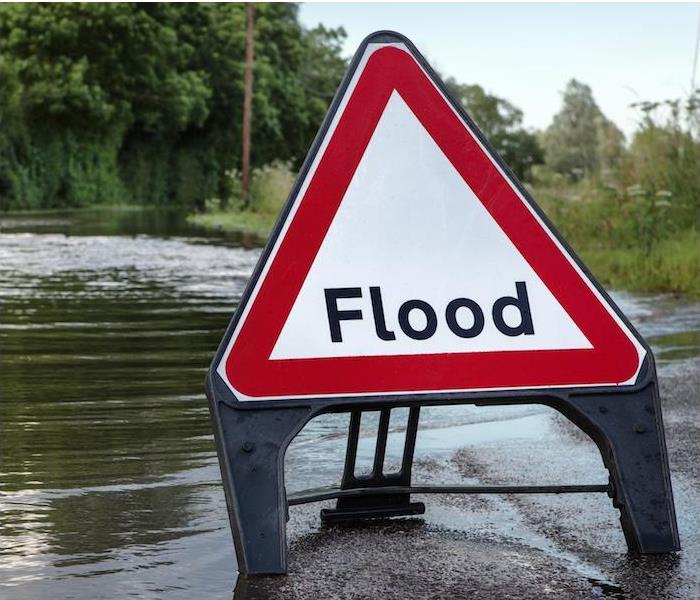How Different Types of Flooding Can Affect You | SERVPRO® of Henderson/Boulder City
5/17/2022 (Permalink)
 Regardless of the cause of the flooding, SERVPRO of Henderson/Boulder City has the team to help you recover from any disastrous event.
Regardless of the cause of the flooding, SERVPRO of Henderson/Boulder City has the team to help you recover from any disastrous event.
Nevada is the nation’s driest state, averaging just 10.2 inches of rainfall per year. Therefore, you may not think much about the impact of flooding.
However, it is the most common natural disaster and claims more lives in the United States per year than hurricanes, tornadoes or lightning. Flooding takes a toll on everything from residential properties to entire communities and cities.
Flooding affects all 50 states and every U.S. territory, and there are similarities in types and causality among all them. There are three common types of flooding, and they happen for four typical reasons.
Types of Natural Flooding
Flash flooding is very common and happens when heavy rain passes or sits over an area and overwhelms the ability of the ground to contain the moisture. Excess water can sweep away anything from items to people if the current is powerful enough. In July 2021, two children were swept into a Henderson drainage tunnel. Thankfully, the Henderson Fire Department was able to rescue the two boys, ages 12 and 14, when the incident occurred. Henderson authorities warn the public to stay away from drainage channels and washes, particularly when flash flooding occurs.
River flooding occurs when there’s too much water for a river to hold, and the water spills over the sides, leading to destruction.
Coastal flooding happens in areas next to large bodies of water, when storm surges or cyclonic activity causes ocean or gulf levels to rise to flood levels.
Causes of Natural Flooding
Heavy rainfall. Storms with excessive rainfall, or storms that sit and rest over an area for an extended period can cause flash floods or river flooding. Urban areas are more at risk for rain floods, because the higher percentage of concrete and asphalt means there’s a lack of soil to soak up all that water.
Oceanic activity. Storm surges, hurricanes and rising tides can cause water levels to rise in waves, which can invade coastal communities and wreak havoc.
Dams and levees failing. The most notable example of this in recent history would be the disastrous levee breaks during 2005’s Hurricane Katrina. Levees and dams fail when cracks occur or excess pressure overtakes the dam’s ability to contain the surge of water behind it.
Snowmelts and ice dams. In areas of the country where heavy snow and prolonged freezing temperatures are common, snow and ice can build up over a winter’s time, and when they start to melt, they cause rivers of water to flow through area communities. Ice dams or ice jams happen when rivers become blocked by built-up ice being carried downstream, causing the banks to overflow.
Regardless of the cause of the flooding, SERVPRO has the tools and teams to help your home or business recover from its disastrous effects. Contact us anytime when flooding or water damage makes a mess in your life.

 24/7 Emergency Service
24/7 Emergency Service